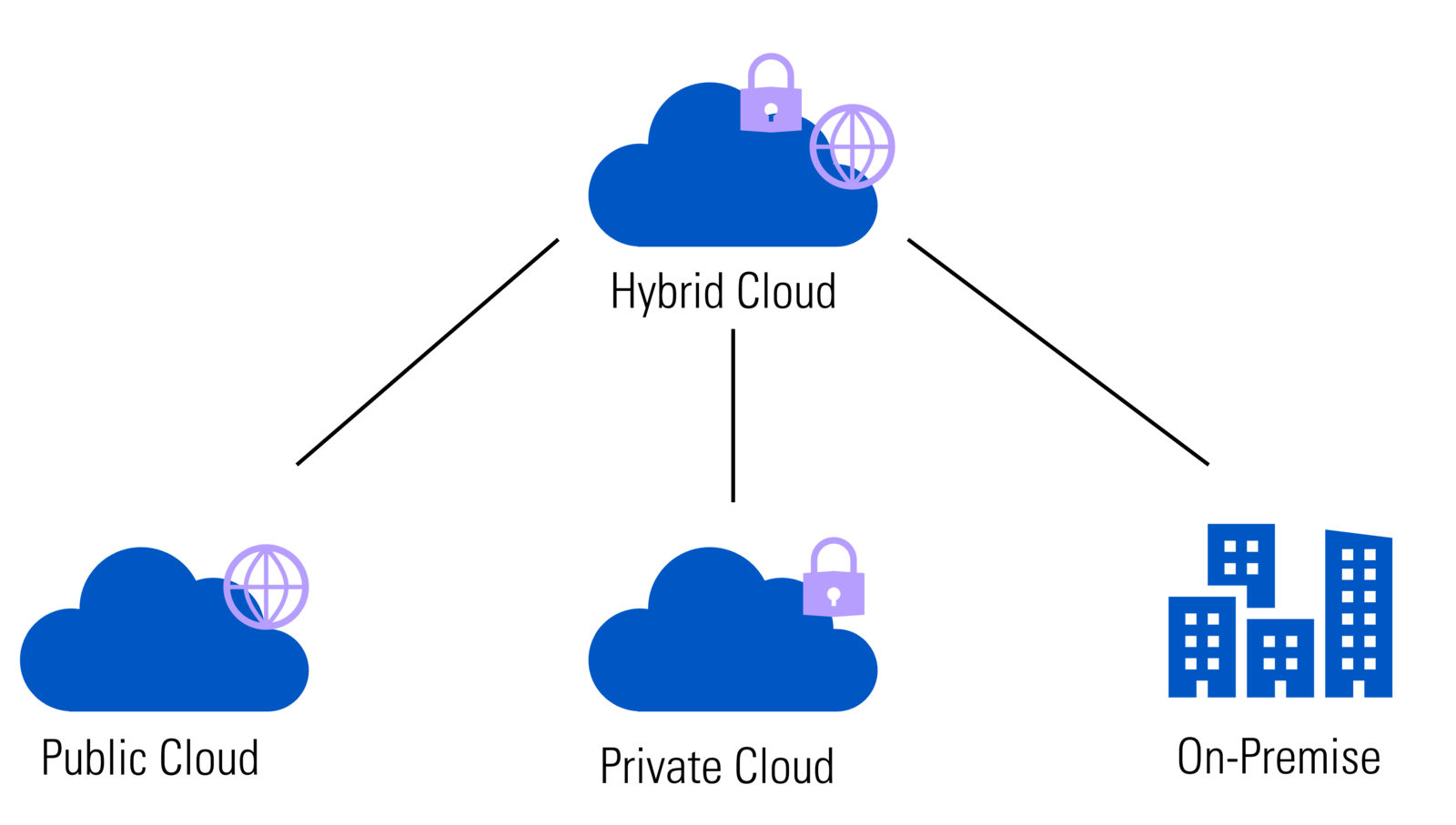Enterprise Architecture Management
At present, almost every company is facing mounting challenges as a result of ongoing digitalization. However, the resultant growing complexity becomes manageable when you adopt a holistic EAM approach.
While new technologies such as IoT, Big Data, and in particular artificial intelligence offer companies a wide range of opportunities, they also have a profound impact on organizations. The success of corporate strategies is thus increasingly determined by the design of the IT landscape. A successful alignment of business and IT therefore relies on bringing a company's information technology in line with its strategic goals and requirements.
Close integration of the corporate strategy and IT activities presents a major challenge for many companies. What's more, companies often lack an overview of the entire landscape, including processes, value flows and data. Against this backdrop, concepts for the holistic management of business and information processes are becoming increasingly important. A company's entire performance infrastructure is the main focus here. Enterprise Architecture Management (EAM) has become established as an important management discipline to address these challenges and issues. By mapping business structures and relationships, EAM underpins the strategic business planning of an enterprise and development of the supporting information technology. The focus here is not only the current status of the enterprise architecture (ACTUAL), but also, in particular, the planned future architecture (TARGET) and the necessary action to achieve this.


